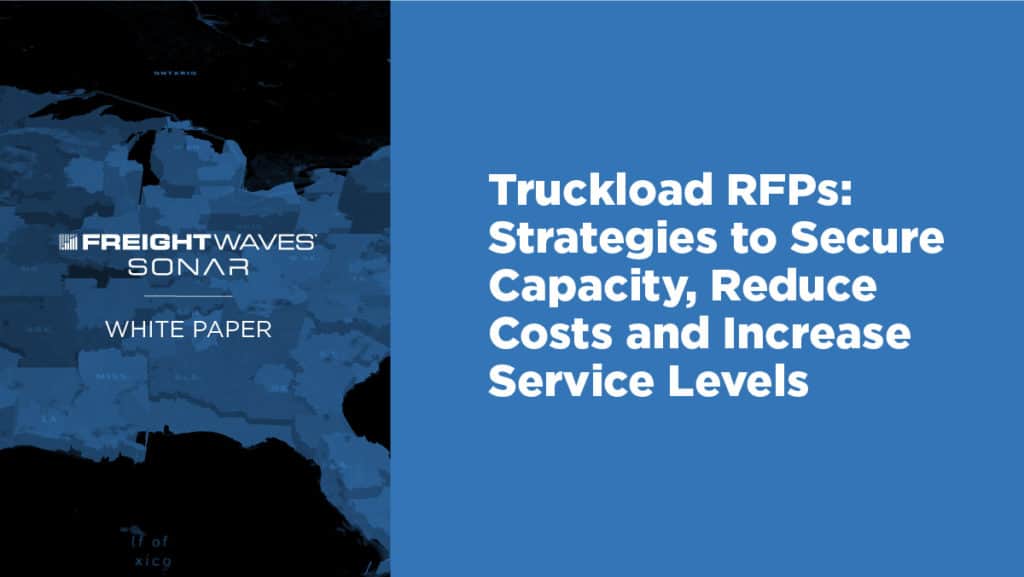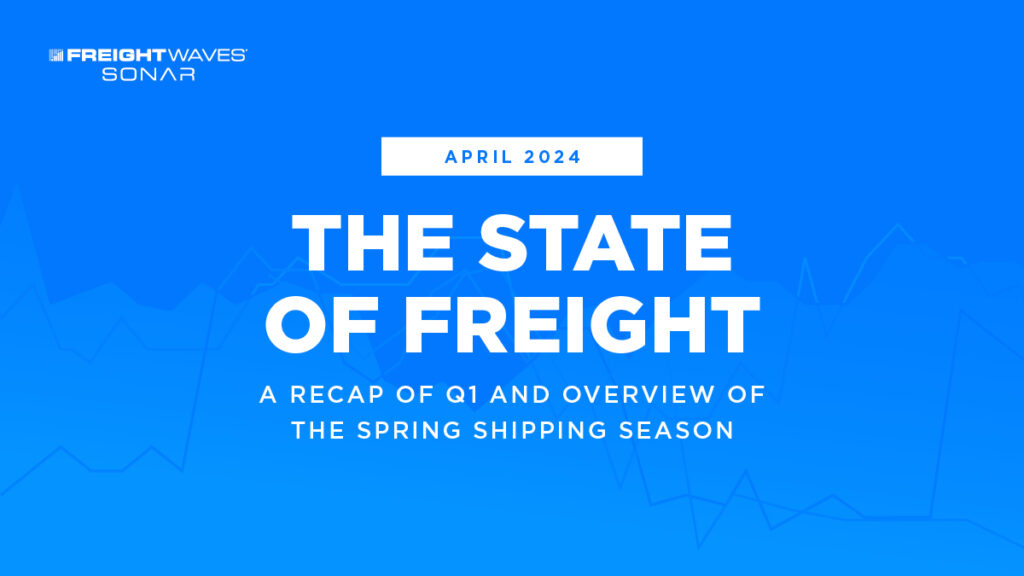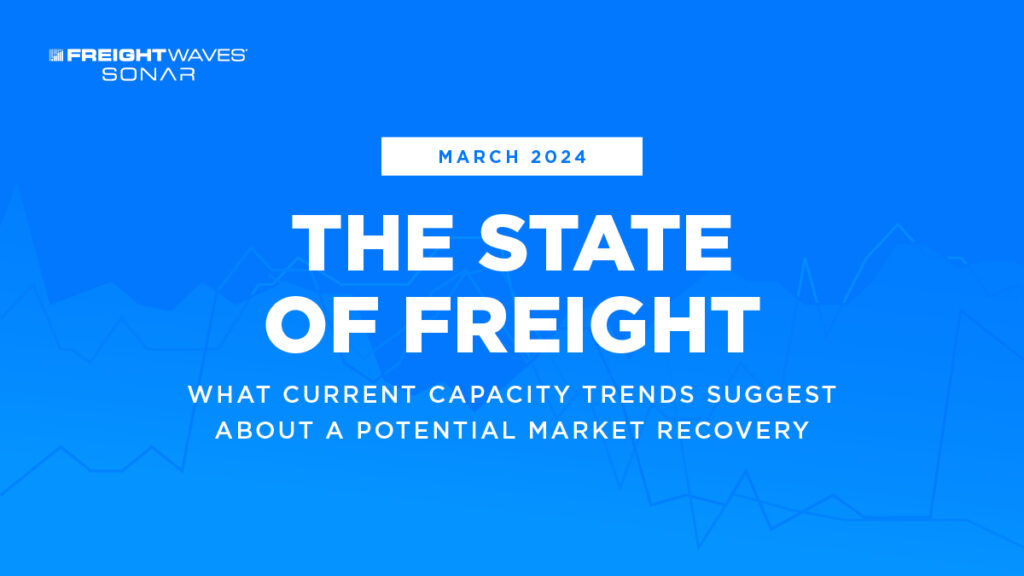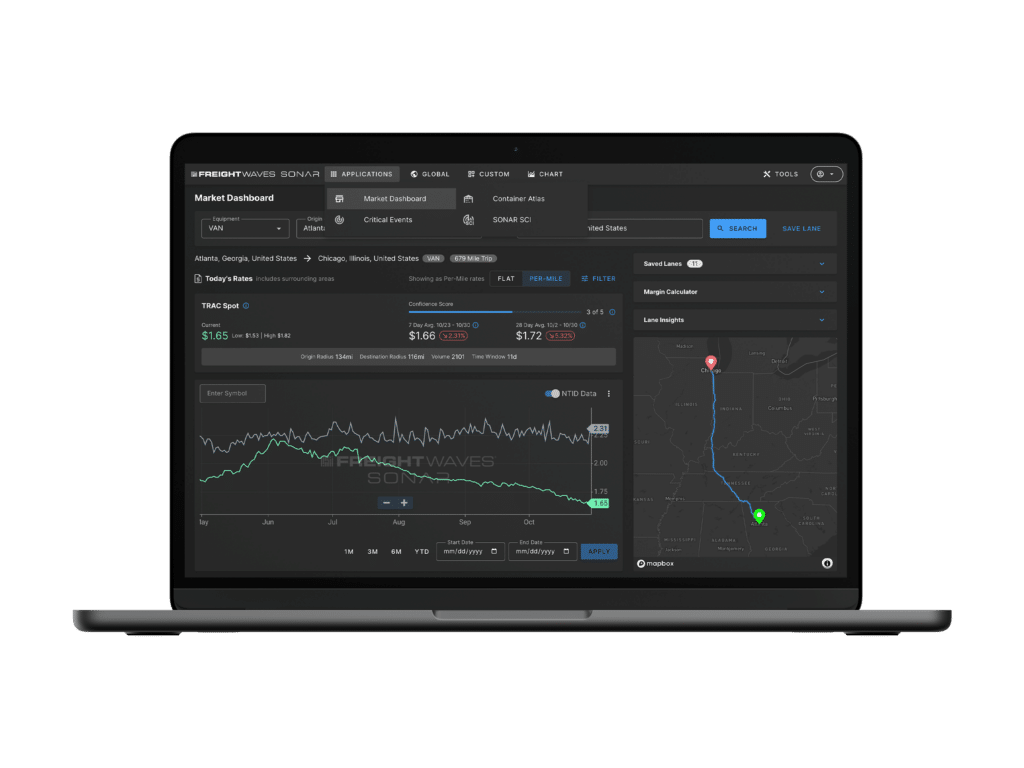Supply chain leaders continue the battle to find and secure capacity, lower freight spend, and increase service levels, as well as apply freight forecasting to achieve the same goals. Carriers are doing the equivalent, looking at possible shipper and broker relationships. Meanwhile, brokers are playing both sides of the field and looking for the best connections to add capacity and meet the rising demands of truckload shipments in the age of e-commerce and digital management.
Companies need a better approach, and this white paper explores the following aspects of how freight data can empower truckload RFPs:
- The driving forces of supply chain strategic repositioning and increased truckload RFP activity.
- Why freight forecasting data proves invaluable in increasing resource availability.
- How to apply freight data to improve truckload RFPs.






